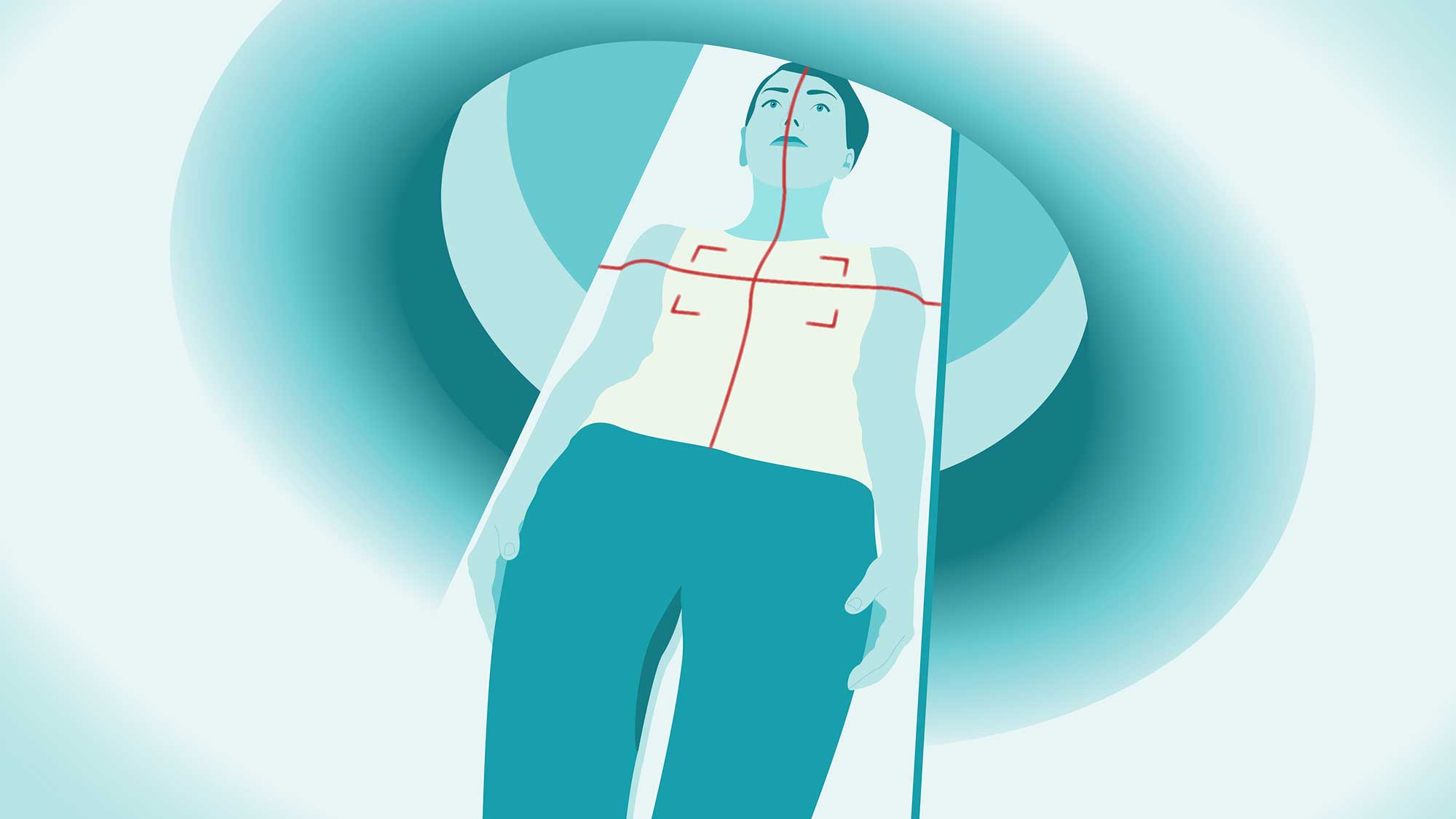Study Reveals CT Scans May Contribute More to Cancer Cases Than Previously Thought

Your next computed tomography (CT) scan might be riskier than youve been led to believe. A new study released today indicates that CT scans could be responsible for a significantly larger share of cancer cases than prior research has suggested.
The research, conducted by scientists at the University of California, San Francisco, has been published in the esteemed journal JAMA Internal Medicine. The team estimates that among the millions of individuals who underwent CT scans in 2023, more than 100,000 could eventually develop cancer over their lifetimes as a result of these scans. This alarming statistic has led researchers to argue that the risks associated with CT scans should be acknowledged as comparable to those of excessive alcohol consumption an assertion that has met with skepticism from some experts in the field.
CT scans are routinely employed to screen for and diagnose various health conditions or to assist physicians during medical procedures. However, these scans involve exposure to ionizing radiation, a recognized carcinogen known to increase cancer risk. Much of the foundational research on the effects of ionizing radiation has stemmed from studies involving Japanese survivors of the atomic bombings during World War II. In recent years, a number of robust studies have also found a concerning correlation between radiation exposure from CT scans and increased cancer cases, particularly among children and young adults.
The primary aim of the study was to provide an updated analysis of the lifetime risk of cancer associated with CT scans across various age groups, especially considering the rising prevalence of CT scanning in contemporary medical practice.
Utilizing survey data gleaned from hospitals and imaging centers nationwide, researchers estimated that approximately 93 million CT scans were performed on about 61.5 million individuals in 2023 alone. Based on the estimated doses of radiation associated with these scans and the specific areas of the body that were examined, they projected that around 100,000 cancers could arise as a direct consequence of these procedures. Notably, the risk estimates presented in this study are approximately three to four times higher than those reported in earlier research.
In the United States, roughly two million new cancers are diagnosed each year. If the current levels of CT usage and the associated radiation doses remain consistent, the study suggests that CT scans could ultimately account for around 5% of all new cancer diagnoses each year. This level of risk is comparable to that posed by obesity, which accounts for 7.6% of new cancer cases, and alcohol consumption, which is responsible for 5.4%, according to the findings.
The authors emphasize that while CT scans can be lifesaving, the potential harms they pose are often underestimated. They stated, Even very small cancer risks will lead to a significant number of future cancers given the tremendous volume of CT use in the United States.
However, not everyone is on board with these conclusions. Mark Supanich, who leads the Diagnostic Medical Physics division at Rush Universitys Department of Radiology and Nuclear Medicine, expressed skepticism regarding the study's statistical estimations. In an email to Gizmodo, Supanich remarked, I believe that the estimates of CT-related cancers posited by this study are likely overestimated. He highlighted that the calculations are based on assumptions that may not ultimately hold up under scrutiny.
Supanich pointed out that a large percentage of CT scans are conducted on patients who are already facing significant health issues, which could skew the statistical estimation of future cancer risks. Although the studys authors did attempt to mitigate this issue by excluding scans performed in the last year of life, Supanich contends that the exclusion should extend further back, as evidenced by another study that excluded CT tests conducted in the last five years before death.
Additionally, Supanich noted that the scientific understanding of how low-dose radiation contributes to cancer risk is still developing. Until a more precise quantification of this risk is achieved, he cautioned against accepting the claim that CT scans are responsible for a substantial number of cancer cases each year without skepticism. He also criticized the authors comparison between CT scans and other established cancer risk factors, labeling it wholly inappropriate and suggesting that it could lead to greater harm than good.
The authors of the study have advocated for reforms in the protocol surrounding CT exams, which may include ordering scans less frequently in specific scenarios or striving to reduce the radiation dose per scan. Its worth noting that there has already been some progress in this regard; a 2019 report from the National Council on Radiation Protection and Measurements indicated that the average medical radiation dose per imaging procedure, including CT scans, has decreased by 20% over the past decade.
Despite the unsettling implications of this study, it is unlikely to serve as a definitive conclusion on the cancer risks associated with CT scans. Supanich reassured the public that the benefits of undergoing a CT scan, which can substantially aid in the early detection of cancer, outweigh the minimal theoretical risks for individuals. He stated, The theoretical risks for any individual receiving a CT scan are minuscule compared to current cancer incidence rates (about 40% over an average persons lifetime) and the benefits for CT are large.



























